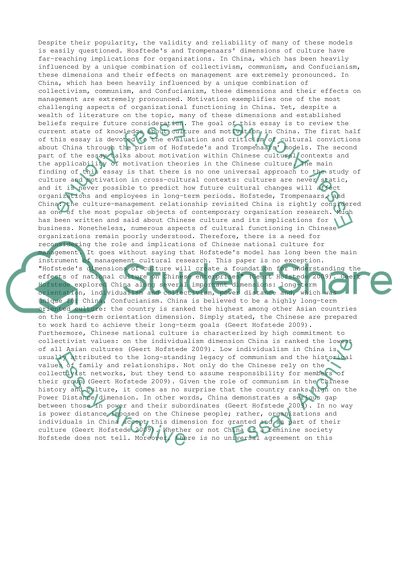Cite this document
(“Cultural constraints in management theories Essay”, n.d.)
Retrieved de https://studentshare.org/business/1390388-cross-cultural-management
Retrieved de https://studentshare.org/business/1390388-cross-cultural-management
(Cultural Constraints in Management Theories Essay)
https://studentshare.org/business/1390388-cross-cultural-management.
https://studentshare.org/business/1390388-cross-cultural-management.
“Cultural Constraints in Management Theories Essay”, n.d. https://studentshare.org/business/1390388-cross-cultural-management.


